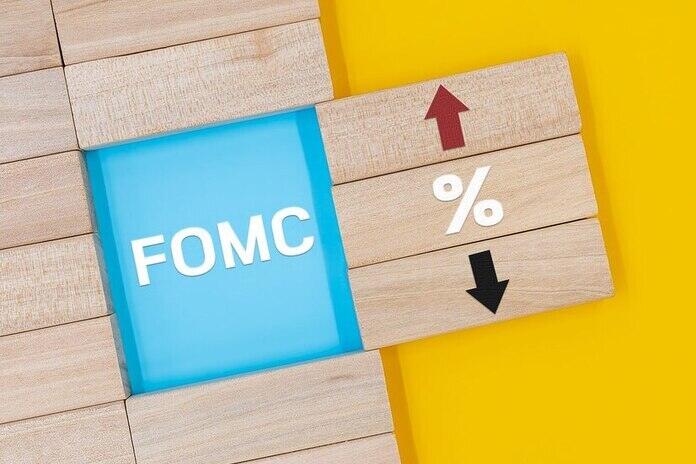The financial markets are currently in consensus, expecting the Federal Open Market Committee (FOMC) to maintain its funds rate target range at the current 5.25%/5.50% during its two-day meeting that commences today. However, there remains a watchful eye on the possibility of one last interest rate hike before the year’s end.
To be more specific, market participants are pricing in a 29% probability that the FOMC will implement a 25 basis point rate hike at its next meeting concluding on November 1, and a 15% likelihood of a similar 25 basis point rate hike at the subsequent meeting ending on December 13. The market sentiment from 2024 onward is not favoring any rate hikes but instead implies a potential 50 basis point rate cut in 2024 from the current level, with an additional 50 basis point rate cut anticipated in 2025.
The Federal Reserve is expected to announce what’s known as a “hawkish pause” today, indicating that it will maintain a hawkish bias while keeping the door open for one final rate hike. The decision to enact this last rate hike hinges on incoming economic data.
The primary determinant for the Fed’s decision will be the inflation outlook. The FOMC is unlikely to rule out further rate hikes until its members are reasonably certain that the inflation rate is on a trajectory toward the Fed’s target of 2%. However, it may take some time to observe actual inflation decline since the FOMC’s current projections suggest that the Personal Consumption Expenditures (PCE) deflator will conclude the year at 3.2% (with the core at 3.9%) and will gradually decrease to 2.5% (2.6% core) by the end of 2024, reaching 2.1% (with 2.2% core) by the end of 2025. Over the long term, the FOMC anticipates the PCE deflator to average 2.0%.
Although the PCE deflator has experienced a notable decline over the past year, it still remains significantly above the target. After hitting a low of 3.0% year-on-year in June, the PCE deflator increased to 3.3% in July. Similarly, the core PCE deflator, after reaching a 1.75-year low of 4.1% year-on-year in June, inched up to 4.2% in July. While these figures are lower than the four-decade highs of 7.0% year-on-year (nominal) and 5.4% year-on-year (core) recorded in the first half of 2022, the Fed’s projection that the PCE deflator will still exceed the target at 2.5% by the end of 2024 has led some economists to question the likelihood of actual interest rate cuts by the Fed in 2024. It is possible that the Fed would only resort to rate cuts if a U.S. recession becomes imminent.
The current consensus, however, leans towards the belief that the U.S. will sidestep a recession and experience a soft landing in 2024. Bloomberg surveys reflect a consensus forecast of U.S. GDP dipping to 0.9% (quarter-on-quarter annualized) in Q1-2024 and 0.5% in Q3-2024, without slipping into negative territory in any single quarter over the next two years. On an annual basis, the consensus suggests U.S. GDP will ease to 0.9% in 2024 (from 2.0% in 2023) and then rebound to 1.9% in 2025.
If the U.S. economy manages to evade a recession in 2024 and if the PCE deflator remains above target, the market’s hopes for Fed rate cuts in 2024 may prove unrealistic. In such a scenario, the funds rate could potentially remain above 5% throughout 2024. Conversely, if a U.S. recession does materialize in 2024, inflation is likely to decline rapidly, compelling the Fed to respond with rate cuts.
Featured Image: Freepik @ daesunghwang















